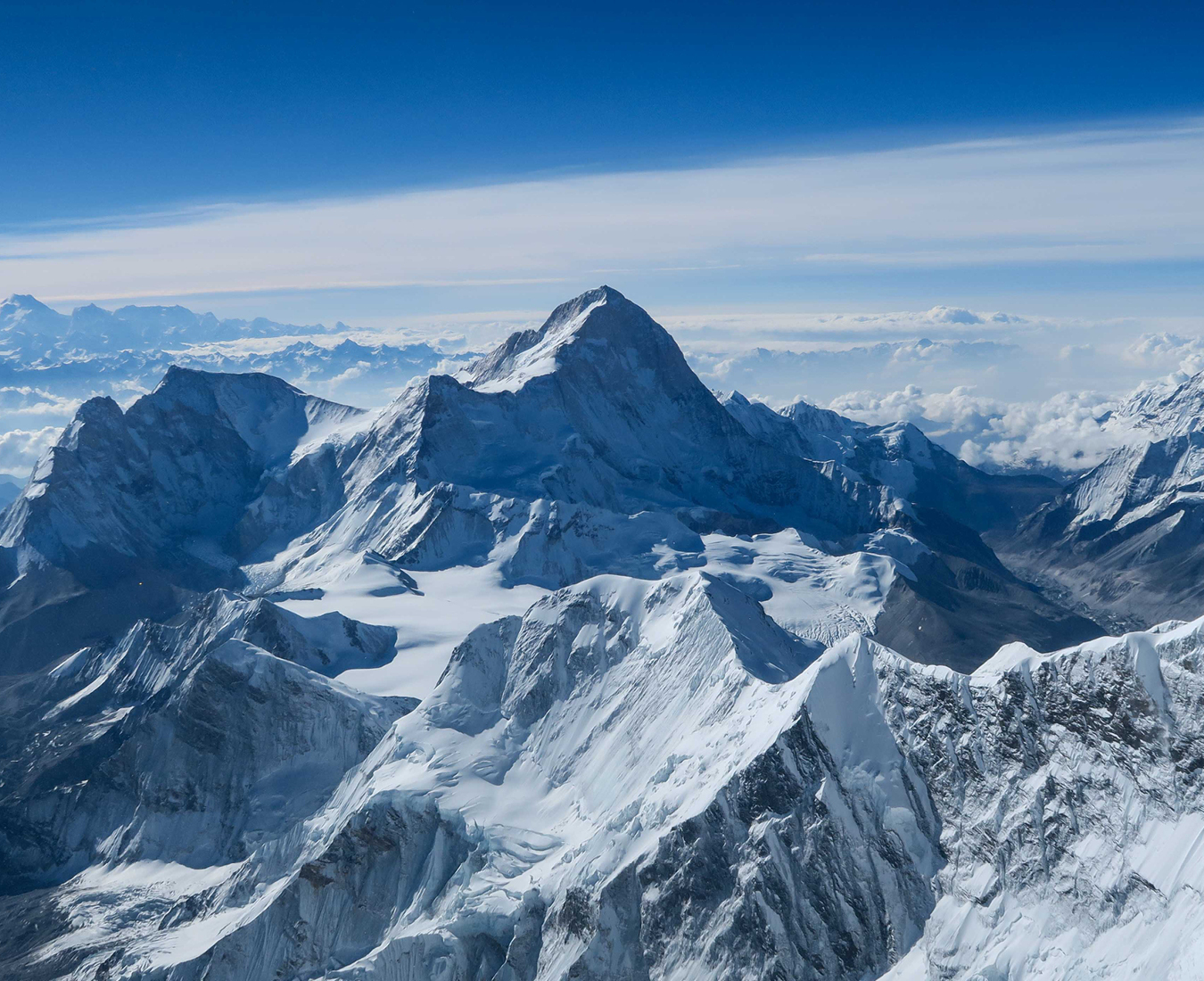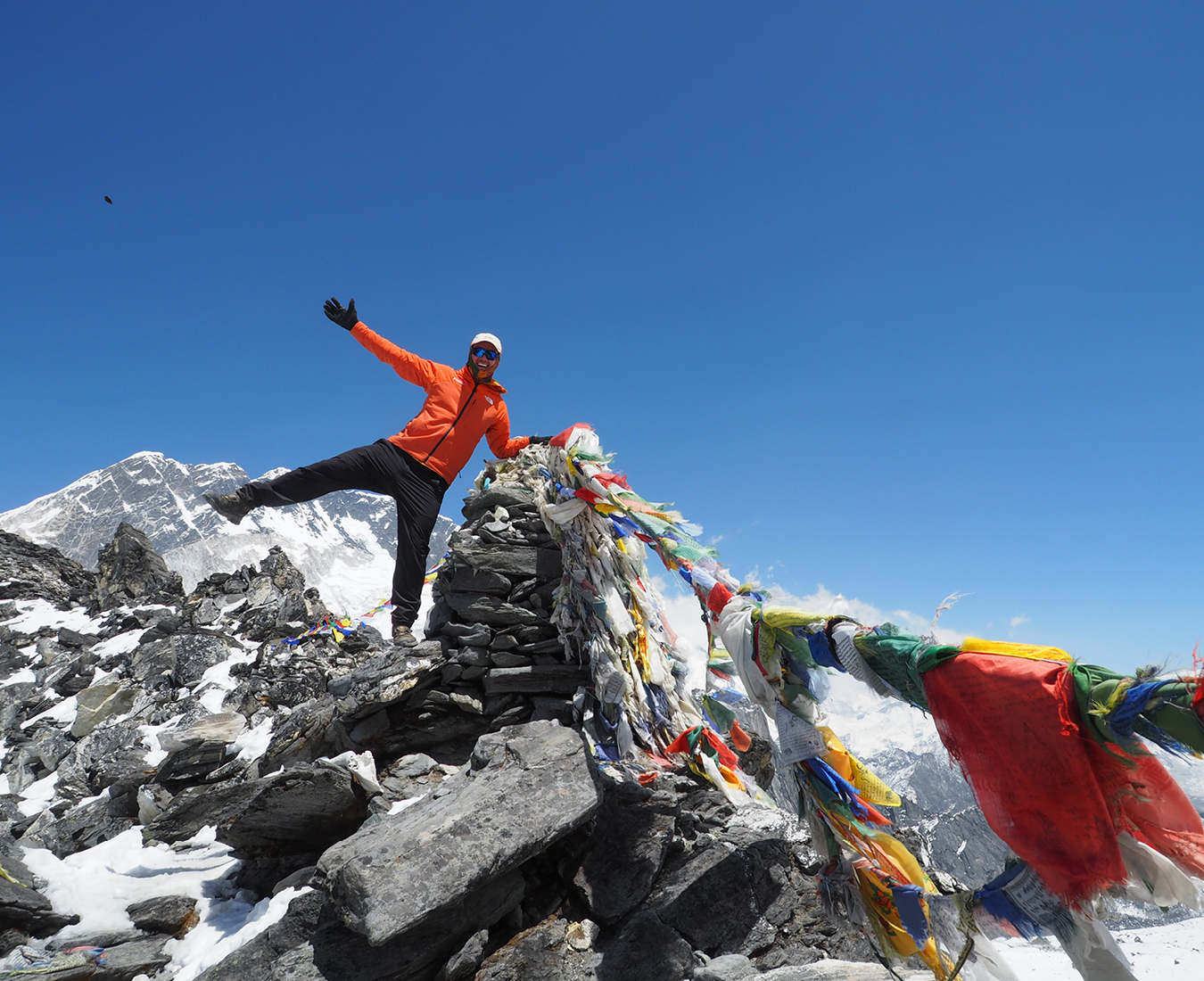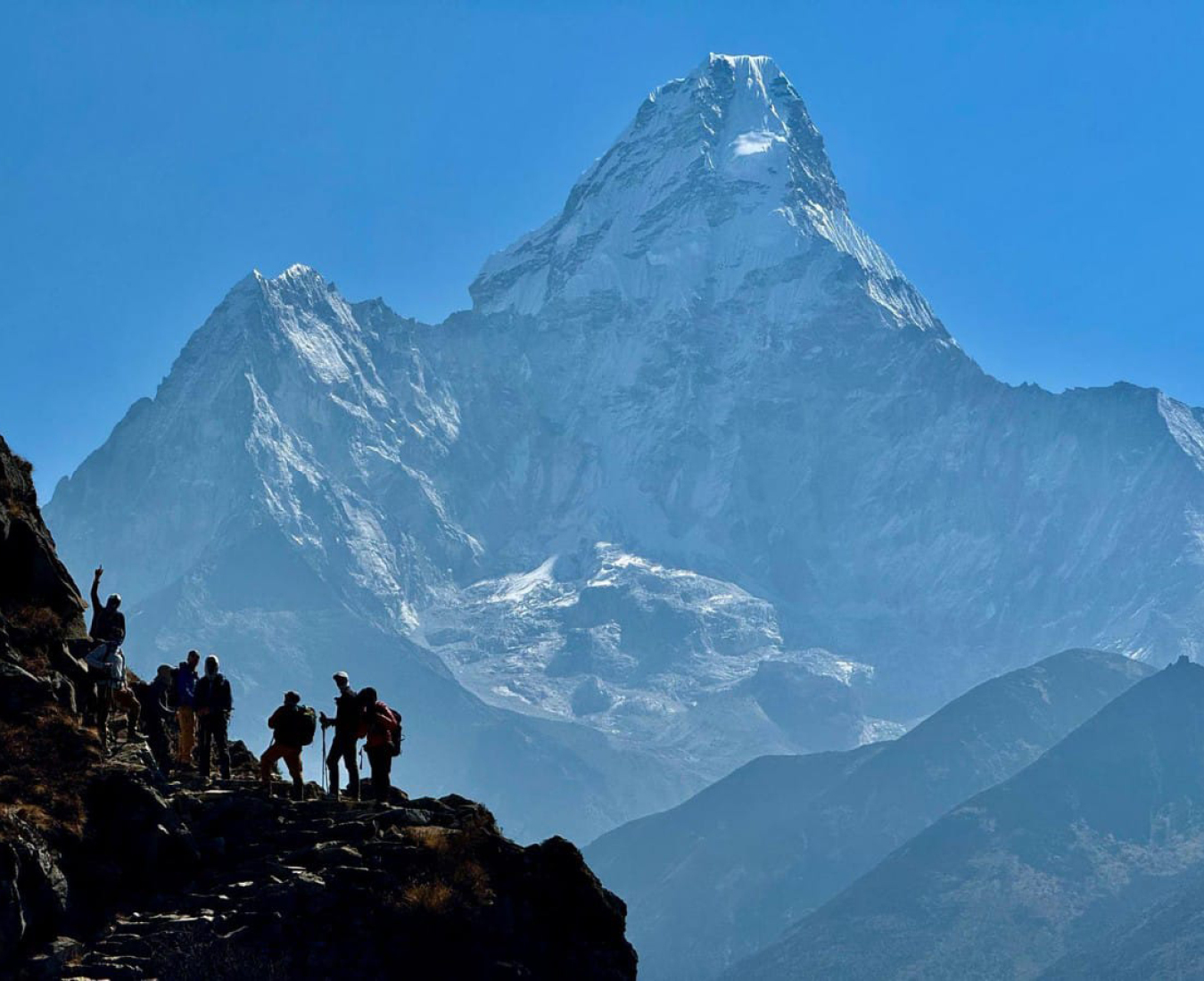The need for exceptional physical fitness cannot be over-emphasised. A regular, strenuous programme must be followed for many months to achieve the level of fitness required. We suggest a programme tailored to mountaineering such as those from Uphill Athlete. Keep in mind that Denali requires you to manage about 62 kg/135 lb of personal gear, group equipment, and food, which are all split between your pack and a sled that you will be hauling. There are no porters available on Denali so you must be able to move your own loads up and down the mountain. Training with a heavy pack and sled will be essential to a successful expedition.
This expedition to North America's highest mountain follows the West Buttress Route, which is technically straightforward but also considered a true 'expedition' ascent and a demanding climb.
The West Buttress route was not pioneered until 1951 but is now the most popular route up the mountain, still demanding a high degree of fitness and a solid base of mountaineering experience. Our standard departures are run on a guide-to-client ratio of 1:3, with a maximum group size of 3:9.
An ascent of Denali is ideal for those wishing to experience high altitude expedition mountaineering. Climbers must have intermediate technical snow and ice climbing experience, glacier travel and winter camping skills, plus be in great shape and able to carry 20kg/50lb+ packs. An ascent of Denali is a physically challenging, yet incredibly rewarding experience.
We fly from Talkeetna to Base Camp on the southeast fork of the Kahiltna Glacier at 2,200m/7,300ft. From there we commence the climb of the West Buttress moving through increasingly higher camps until we are in a position to ascend to the summit.
Our Standard departure ascends the mountain at a 1:3 guide-to-client ratio, with a maximum group size of 3:9. we also offer a separate 1:2 Low Ratio departure, in addition to a Denali Prep Course for those wishing to hone their skills before taking on the expedition.
- North America’s highest peak and one of the Seven Summits
- Veteran Denali guides
- Excellent high-altitude training in a spectacular environment
Expedition Level
Expedition Level
Advanced
Elevation
Elevation
6,190m/20,308ft
Duration
Duration
21 days
Location
Location
Alaska, USA
| Arrive in Anchorage, 2pm gear check, orientation at the hotel, optional team dinner |
Ground shuttle to Talkeetna, check in at ranger station, orientation and slide show, pack for glacier flight
Climb to Camp 1 2,300m/7,800ft
Carry loads to cache below Camp 2 3,000m/9,800ft, return to Camp 1
Move to Camp 2 3,400m/11,200ft
Retrieve cache, return to Camp 2
Move to Camp 3 (4,350m/14,200ft)
Carry loads to cache 4,150m/13,600ft, return to Camp 2
Move to Camp 3 4,350m/14,200ft
Back carry cache
Rest Day
Carry cache above the top of fixed lines 4,950m/16,200ft, return to Camp 3
Optional Rest Day
Move to Camp 4 5,250m/17,200ft
Optional Rest Day
Summit Window 14-18hr day 6,190m/20,308ft
Descend from High Camp to the landing strip
Fly off the glacier (weather permitting), sort gear in Talkeetna, trip ends
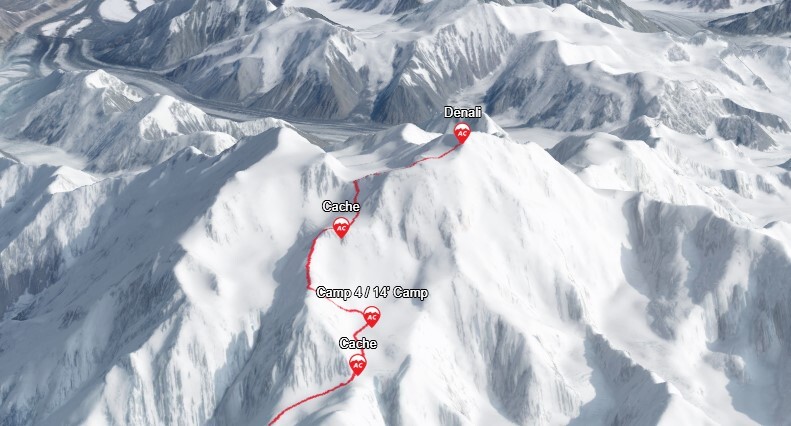
Departures and Pricing
| Start/End | Departing from | Quantity | Pricing | Notes | Book |
|---|---|---|---|---|---|
| 6 May - 27 May 2024 | Anchorage, Alaska, USA | Limited Space | $11,995 USD $ | Book Now | |
| 13 May - 3 Jun 2024 | Anchorage, Alaska, USA | $11,995 USD $ | |||
| 20 May - 10 Jun 2024 | Anchorage, Alaska, USA | $11,995 USD $ | |||
| 27 May - 17 Jun 2024 | Anchorage, Alaska, USA | Limited Space | $11,995 USD $ | Book Now | |
| 3 Jun - 24 Jun 2024 | Anchorage, Alaska, USA | Available | $11,995 NZD $ | Book Now |
Looking for a specific date? Book a private expedition
PREPARE
Prospective team members should have spent multiple nights camping in the backcountry under winter conditions. Denali should not be your first multi-day winter climbing experience. Climbers should have experience travelling on a rope team in a glaciated environment, experience with the use of crampons and ice axe on steep snow and ice slopes, and crevasse rescue knowledge. You should also have previous experience on glaciated peaks such as Mt Rainier, Mont Blanc, Mt Aspiring and the Ecuador Volcanoes, and at high altitude eg. 6,000m peaks in Nepal, Aconcagua.
Climbers should have previous experience climbing at high altitude, e.g. the Ecuador Volcanoes, 6,000m peaks in Nepal and/or Aconcagua. In our experience, Aconcagua is good preparation for Denali - the expedition duration is similar, and you experience life at close to 7,000m.
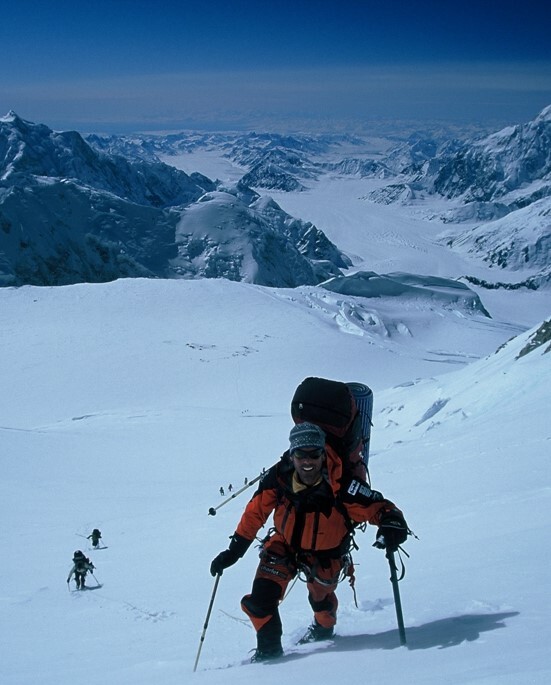
Adventure Consultants is renowned for the quality of its service and strategy applied to high altitude expedition climbing. Our reputation is attributed to meticulous planning and experienced logistics coordination. We have a philosophy of investing in every expedition to offer our climbers the best possible chance of success.
We employ strong and specialised expedition leaders and support staff, who are some of the most pre-eminent in the industry. We pride ourselves on operating with small teams, the best back-up and support available. This includes nutritious and ample quantities of food, comfortable base camp facilities, reliable communications systems and the necessary medical back up.
Many of our expedition members come to us because they have seen us in action on a previous trip and decide to opt for our level of service and proven experience. Others return because they know we do our very best to make expeditions safe and successful.
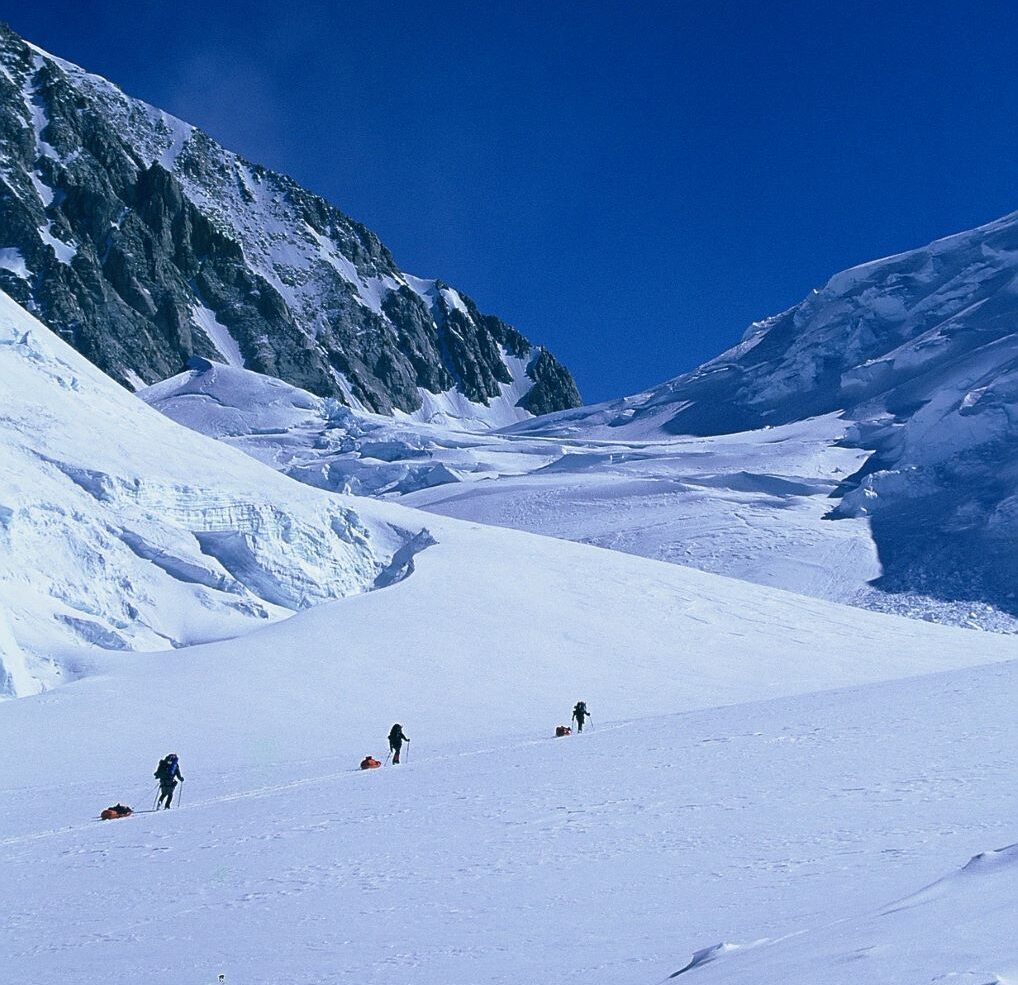
The price of your trip includes the following:
- Mountain guides at a maximum 1:3 ratio
- All expedition organisational requirements
- Ski plane flights to and from the Kahiltna Glacier
- National Park Service Mountaineering "Special Use Fee"
- Denali National Park entrance fee
- Group equipment: stoves, tents, ropes etc. and all supplies necessary to make a safe and strong bid for the summit
- Mechanical ascenders for fixed lines
- Custom expedition sleds
- Breakfast and dinner while in the mountains (lunch and snacks not included)
- A dispatch page following the climb on the www.aai.cc website
- Group shuttle to/from Talkeetna









